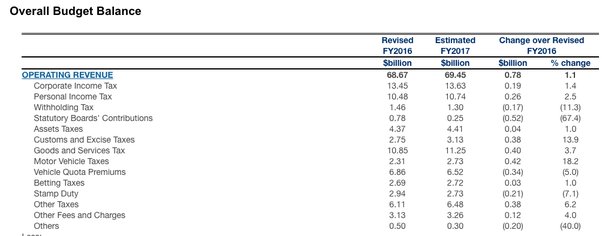Singapore Society: Their Main Income Sources
Singapore, the only Southeast Asian country without an agricultural economy, differs from Indonesia, Thailand, the Philippines, and Malaysia. Land scarcity in Singapore prevents agriculture. Thus, the Singaporean government and Singapore society have sought other livelihoods. What are Singaporeans’ main revenue sources?
Multiple Job Options of Singapore Society
Singapore society has one of Asia’s highest GDPs, according to the World Bank. Singapore became a high-income nation after independence. Singaporeans earn most of their money through manufacturing and industry, according to Britannica.
Singapore is one of the world’s busiest ports, where exports and imports thrive. Singapore has many highways and motorways in addition to its port infrastructure.
Manufacturing and services have driven economic expansion since the 1960s. Singapore has a varied workforce in manufacturing, industry, and the service sector.
Financial, insurance, and information and communication services have grown rapidly throughout the country. Most Singaporeans work as manufacturing workers, entrepreneurs, bankers, and insurance professionals.
Singapore has persevered despite its few natural resources. Singapore is the only sophisticated Southeast Asian nation thanks to its industrial, manufacturing, and service sectors.
A Growing Manufacturing Centre
Manufacturing is crucial to Singapore society and their economic growth. Strategic location, well-developed infrastructure, and business-friendly legislation have drawn many international firms to the country.
- Electronics: Singapore is a worldwide electronics powerhouse. The semiconductor industry and integrated circuit and electronic component production are concentrated there.
- Pharmaceuticals and Biotechnology: Singapore’s pharmaceutical and biotechnology industry have grown significantly. The country is a pharmaceutical and biotech hub due to its R&D investments.
- precise Engineering: Singapore manufactures precise components and equipment for aerospace and automotive sectors.
- Chemicals: Singapore has a strong chemical sector, focusing on speciality chemicals, petrochemicals, and manufacturing chemicals.
- Aerospace: Singapore maintains, repairs, and manufactures aeroplanes. It serves domestic and international markets.
A Financial Powerhouse
Financial services are another Singaporean economic pillar. Global banks, investment organisations, and insurance companies are drawn to the country as a financial centre. Financial services in Singapore society include:
- Banking: Singapore has several international and regional banks offering wealth management, corporate, and retail banking.
- Insurance: Singapore has a well-developed insurance business that offers life, health, property, and casualty insurance.
- Asset Management: Singapore has several asset management organisations that manage investments in various asset classes.
- Fintech: Singapore is a fintech centre. The nation promotes fintech businesses and innovation.
A Nation of Entrepreneurs
Singapore encourages startups and SMEs due to its enterprising culture. Government incentives encourage entrepreneurship and innovation. Many Singaporeans run businesses in numerous areas, diversifying the economy.
Conclusion
In conclusion, Singaporeans rely on industrial, manufacturing, and service industries. Singapore society have become a worldwide industrial centre for electronics, pharmaceuticals, precision engineering, chemicals, and aerospace. Financial services including banking, insurance, asset management, and fintech also drive the economy.
Singapore’s entrepreneurial culture thrives, with people starting businesses. Singapore’s economic strength and endurance have made it a distinctive and affluent Southeast Asian nation despite its limited geographical resources.






